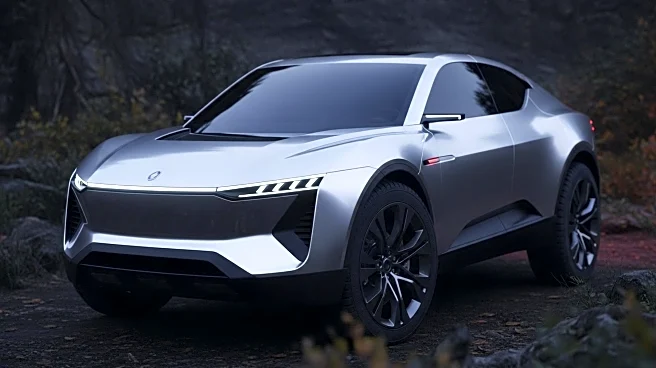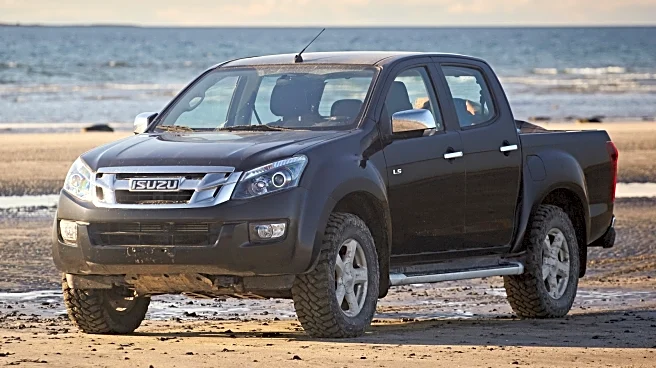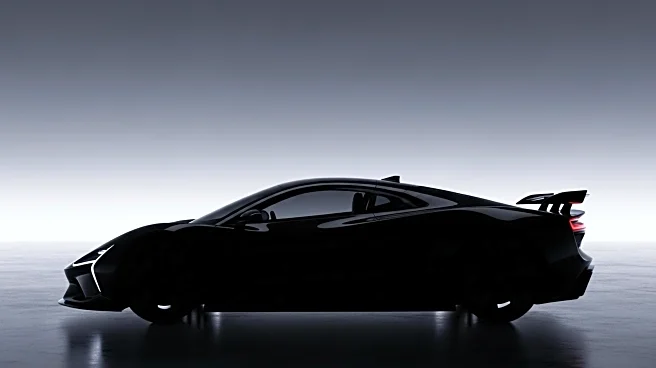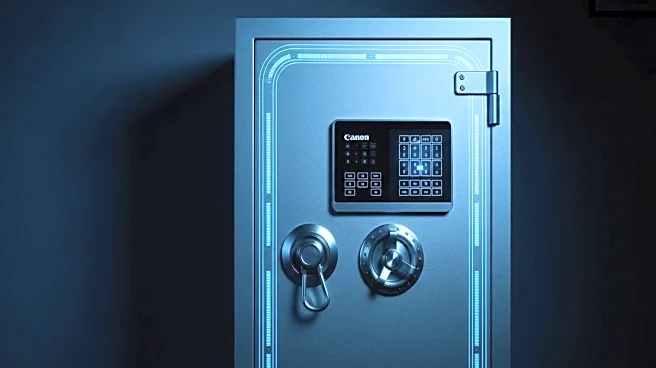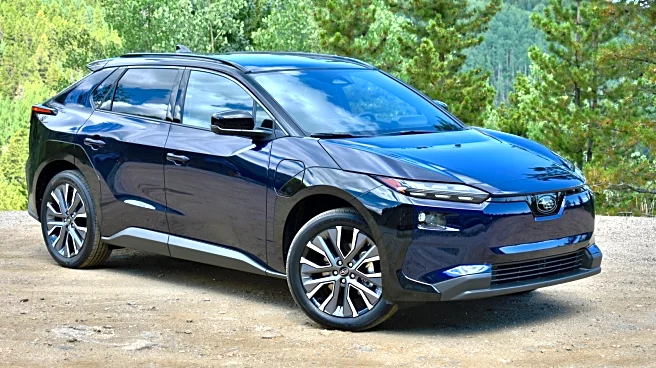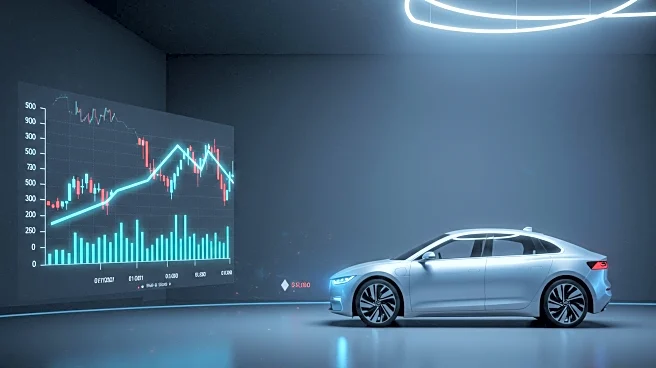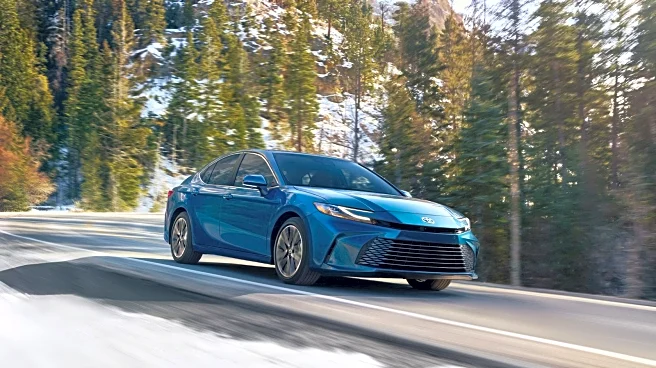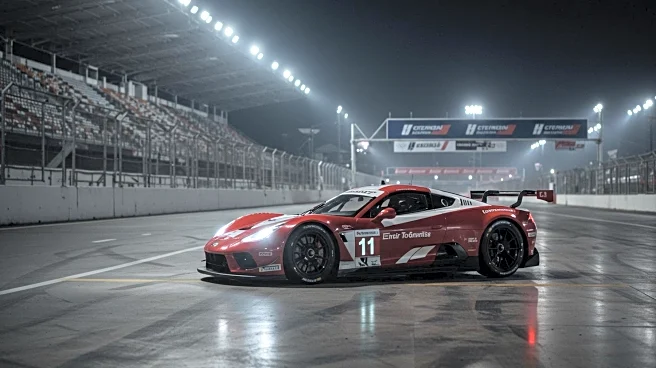What's Happening?
Toyoda Gosei Co., Ltd., a Japanese automotive parts manufacturer, has introduced a new painting technology called METEOCOAT. This innovation adds a rugged texture to the painted surfaces of plastic exterior parts, catering to the diverse preferences of automobile users. METEOCOAT is designed to enhance the appearance of offroad vehicles, making scratches less visible and providing a unique aesthetic with surface protrusions. The technology was showcased on a Toyota vehicle during the Asia Cross Country Rally 2025 in Thailand, highlighting its application in competitive racing environments.
Why It's Important?
The development of METEOCOAT technology by Toyoda Gosei represents a significant advancement in automotive customization, particularly for offroad vehicles. This innovation allows consumers to personalize their vehicles' appearance, potentially increasing market demand for customized automotive solutions. The technology's ability to minimize visible scratches is particularly beneficial for offroad enthusiasts who frequently drive on rough terrains. As consumer preferences shift towards more personalized and durable vehicle options, METEOCOAT could influence trends in vehicle design and manufacturing, impacting both the automotive industry and consumer buying behavior.
What's Next?
Toyoda Gosei plans to expand the sales of METEOCOAT, targeting users interested in altering their vehicle's appearance at the time of purchase. This expansion could lead to collaborations with other automotive manufacturers seeking to offer enhanced customization options. The success of METEOCOAT in competitive racing environments may also prompt further development and refinement of the technology, potentially leading to new applications in other vehicle types and markets.
Beyond the Headlines
The introduction of METEOCOAT technology may have broader implications for the automotive industry, including potential shifts in manufacturing processes to accommodate new customization technologies. Additionally, the focus on aesthetic enhancements could drive innovation in other areas of vehicle design, such as interior customization and performance upgrades. As consumer demand for personalized vehicles grows, manufacturers may need to adapt their strategies to remain competitive in a rapidly evolving market.
